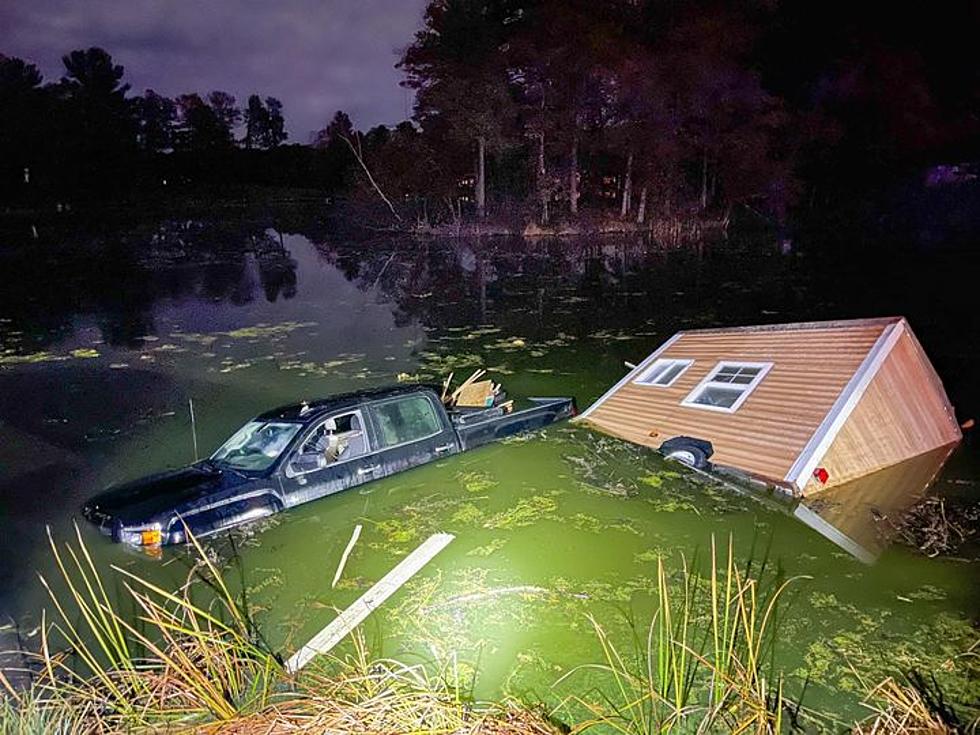
Dubuque’s Historical Link to Atomic Bombs
In May of 1953, Arthur C. Whalen, who later became a principal at Dubuque Community School's including Prescott, Lincoln, Sageville, and Keller, was one of the first five servicemen to visit Ground Zero, the location of the first atomic bomb test in the Nevada desert.
According to an interview with Whalen in1973, minutes after the detonation of the 20-kiloton atomic bomb, the soldiers approached the blast zone. The troops used tape to designate places that were too "hot" after carefully measuring radioactivity in the region. Soldiers following them were told to go to the right of the tape markers.
Little did know what was to come next for our country in the height of fear.
In 1954, the Federal Civil Defense Administration launched "Operation Alert" in cities across the nation which was supposedly meant to evaluate the efficiency of urban evacuation plans. However, rather than being educational and constructive, it turned out to be more theatrical, which would become an important element of Cold War pageantry and propaganda.
These staged drills were held in over 200 cities across the country. While the first couple of years of Operation Alert exercises went fairly well, as time progressed, citizens began to actively criticize the program and expressed increased concern. The FCDA even sacked its own D.C. Deputy Director for Civil Defense, who deemed it "a show, not a drill."
In 1957, The Iowa Civil Defense headquarters in Des Moines got a call during Operation Alert that hypothetical enemy planes had been spotted over Alaska. The state's headquarters called the other cities in the state. At 11:15 a.m., sirens began to blare for over 10 minutes.
At 1:00 p.m., City Manager Laverne Schotz opened a notifying him of "Dubuque's fate." Fortunately, Dubuque was not one of the cities "struck" by the imaginary bombs during Operation Alert. The city didn't have a Civil Defense director or a working disaster plan at the time.
"Operation Alert" ended in 1962, with the last staged attack in 1961. Videos like the one below were created to demonstrate the efficiency and success of the evacuations.
LOOK: 100 years of American military history
More From WDBQ-FM









